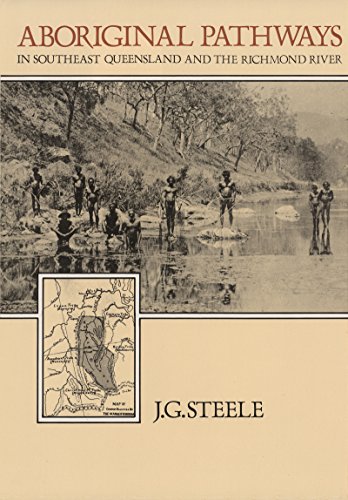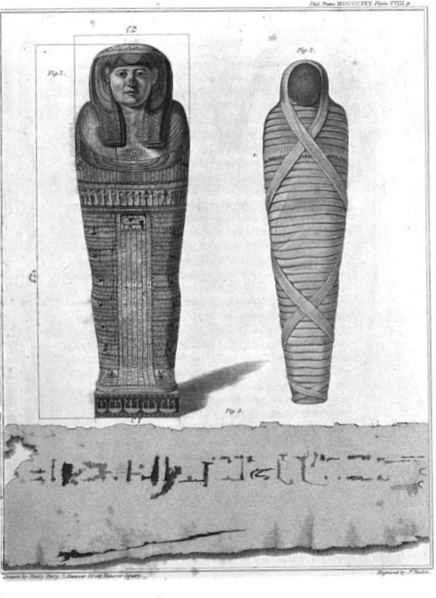On 9 September 1840, Patrick Leslie married Kate McArthur in the Anglican church in Parramatta. Kate was 22, Patrick would be 25 in a few weeks, and they had been engaged for over 3 years. Their marriage had been delayed again and again because Patrick and his uncle, my Walter Davidson had quarreled. Davidson sacked Patrick as manager of his property, leaving his nephew without a suitable home to which he could bring his bride.
The details of the quarrel are too complicated to go into here – you’ll have to read the book! – but Davidson sold the property – Collaroy station, in the Upper Hunter – to a cousin, Edward Hamilton, who arrived in New South Wales in early 1840. Meanwhile Patrick set out to find a new squatting run for his younger brothers on the Darling Downs. Leaving Walter Leslie and some servants on their new station on the Condamine, Patrick rushed back to Sydney to register their squatting run, which he did in August.
Then he finally married Kate.
I’ve spent most of the last week struggling to read the 13-page account of her wedding written by her sister Libby to send to Patrick’s mother in Scotland. I suspect I may be the first person who has read the letter since it did the rounds of the Leslie family during 1841. Libby’s handwriting is dreadful, and most pages are crossed, a method of squeezing as much as possible onto the page to save on the cost of postage. ‘Are you tired of this scrawl,’ Libby asks at one point – and I most definitely was.
But Patrick’s wedding is a key set piece in my book, the final scene in in the second-last chapter, the point at which the two families I have been following – the Macarthur family in New South Wales, and Walter Davidson’s extended family in Britain – were united in marriage.
Kate’s parents were Hannibal McArthur (nephew of John Macarthur) and Anna Maria King (daughter of Governor King), so she belonged to the colonial elite, but the wedding was a surprisingly low-key event, probably because they had very little time to plan ahead for the big day. The wedding was held in the morning, followed by a big celebration at the Macarthur’s estate, Vineyard, a few miles out of Parramatta.

The Vineyard, Parramatta, by Conrad Martens, 1840, from Wikipedia
The bride and groom soon left, but the party continued, with many of the guests staying overnight. Patrick and Kate spent their first few nights at Hannibal’s holiday home at Clovelly before going to Dunheved, Uncle King’s estate, which Patrick had rented while King was the resident commissioner of the Australian Agricultural Company at Port Stephens.

View of Dunheved, New South Wales, by Conrad Martens, 1837, from Mitchell Library, State Library of New South Wales
I’m intrigued by the similarities and differences between this wedding in 1840 and a wedding celebration these days. In some ways they are quick alike. The toasts and speeches haven’t changed much, nor has the sense that the groom, with one best man, was outcompeted by the bride with her host of bridesmaids. The fashionable clothes are much the same, even to the mother-of-the-bride’s outfit in – yurk – violet. Kate didn’t throw a bouquet, but the business with ‘Papa’s wedding ring’ seems to follow the same rules of pre-planned prediction – everyone knew that Mary was going to marry Patrick’s friend Hugh Gordon as soon as he returned from China.
I think in the days of My Kitchen Rules, we are more preoccupied with food than Libby seems to have been, although I suspect their ‘cold collation’ was pretty similar to our rubber chicken – and prepared without refrigeration, too. Less similar is the sheer size of Kate’s family – she had 5 sisters and 5 brothers, most of whom were present.
There’s something about family celebrations that brings out the best and worst in the human condition. That’s why suicide rates go up around Christmas, people fall in love at their friends’ weddings, and fights break out after funerals. Libby’s letter is full of the joy of the big event – but below the surface were a seething mass of tensions, only some of which were evident at the time.
The most obvious tension was between the two branches of the Macarthur family. The ‘Camden Macarthurs’ and the ‘Vineyard McArthurs’ took opposing positions in the quarrel between Patrick Leslie and Walter Davidson, and the families were becoming estranged. They even used different spellings of their name! But Hannibal was John Macarthur’s nephew, so John’s children should have been at their cousin’s wedding. John Macarthur’s widow, Elizabeth, was a friend of ‘Grandmama’ – Anna Josepha King – but she was also an old lady, and could be excused attendance, and her eldest daughter was always treated as an invalid. James’s absence was another matter, and his wife Emily could surely have got there too, though her baby was only born the previous May.
There were other tensions too. The Leslie brothers, the McArthur brothers and Robert McKenzie were all beneficiaries of the squatting boom, but the economic situation was about to go very bad indeed. Their friend Stuart Donaldson was a businessman in Sydney, supplying their stations and selling their wool on consignment. This made him their creditor – and it would be many years before he ever got his money back.
Finally there were the absent brothers. Walter Leslie missed the wedding because he was holding the fort on the Darling Downs – pretty much literally. The first building they put up there was made of stone, the better to resist attack by Aborigines, with windows just large enough to fire a gun. ‘It is a lovely place & there have been no blacks seen on our run for 18 months’, wrote Patrick ominously less than 2 years later. Meanwhile the oldest brother, William Leslie, was in Macao where he was a partner in Dent & Co, one of the biggest opium traders in the business. News from China was scarce in September 1840 because of the First Opium War. Libby clearly thought this war with China would be good for trade.
For those who may be interested, I’ve attached the whole of Libby’s letter below – there are still a few words that defeat me, and I’d be grateful for any clues/guesses as to what they may be. Libby’s punctuation is erratic. I’ve adjusted accordingly, and added paragraphs to make it easier to read.










